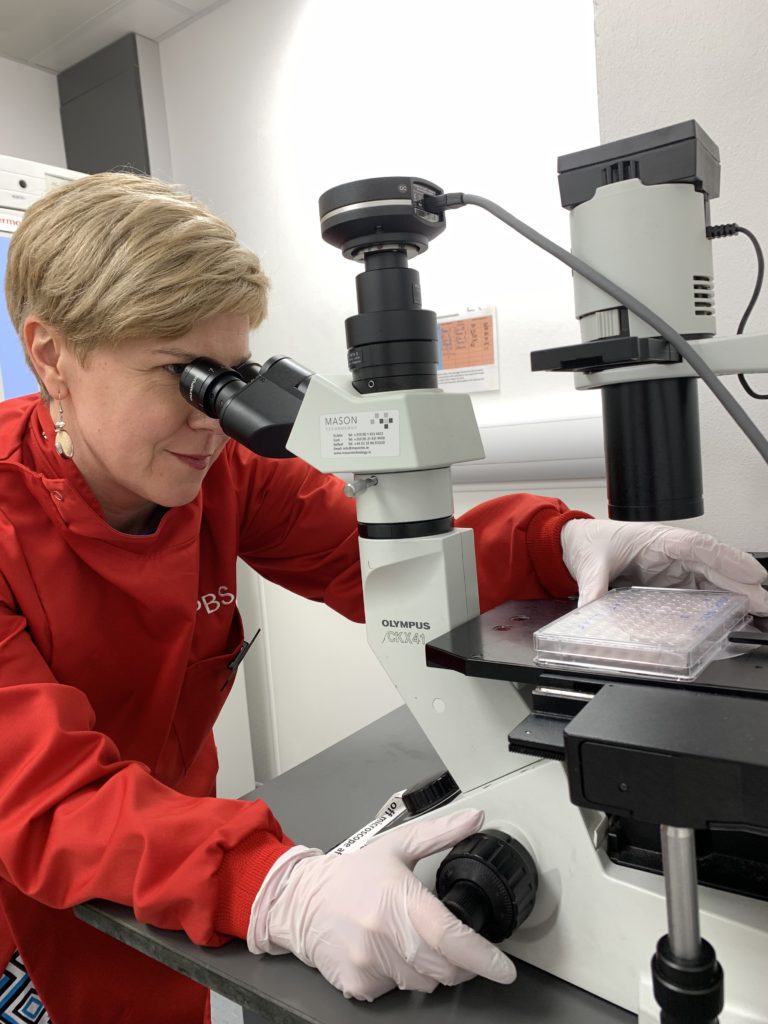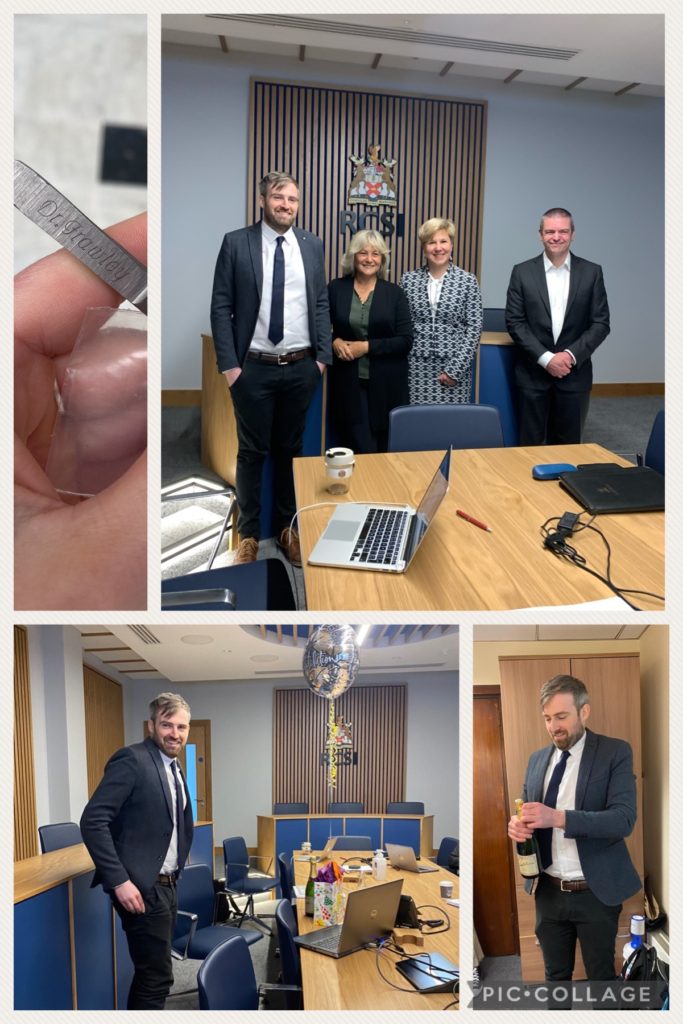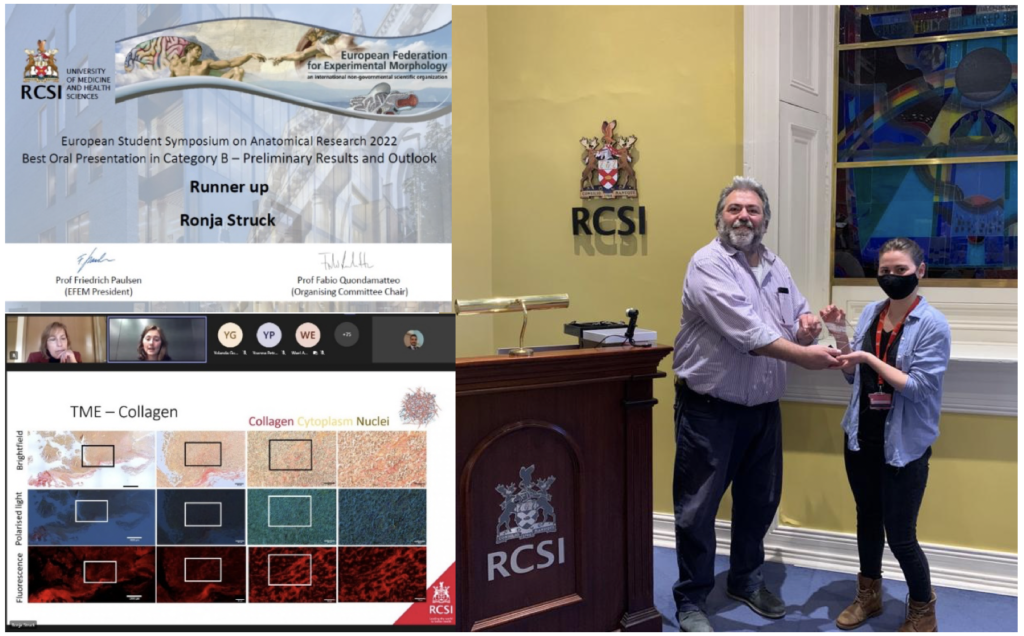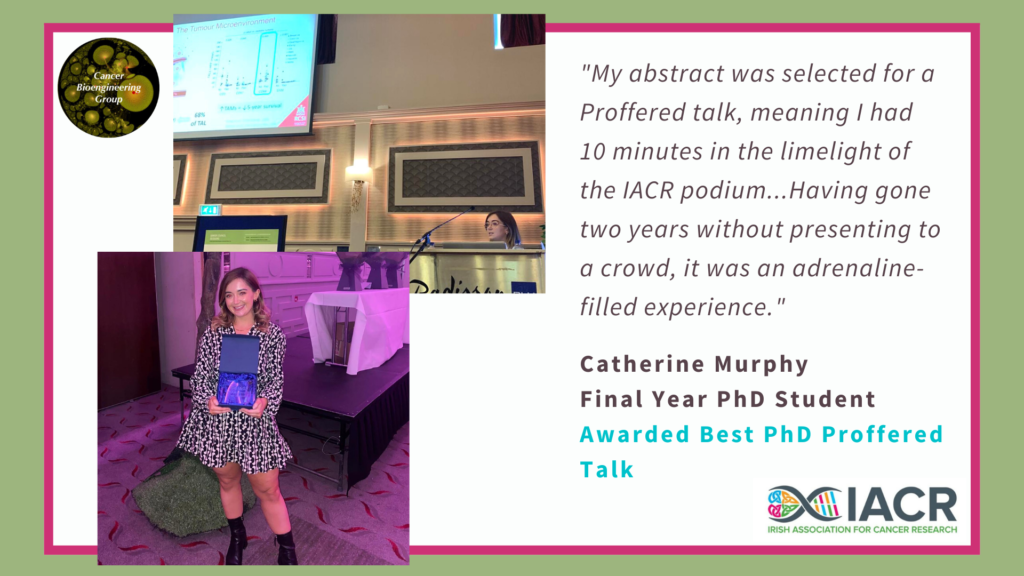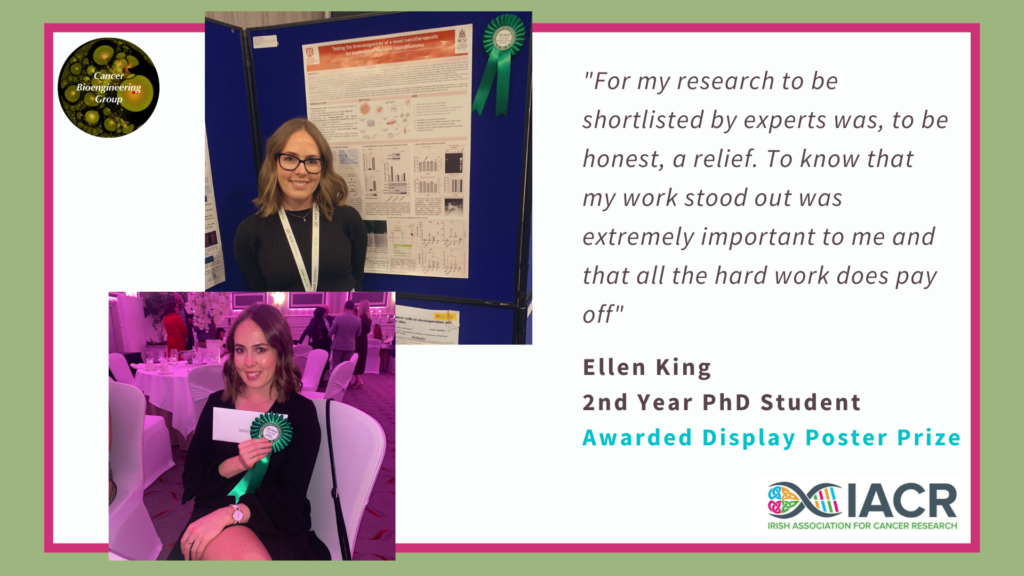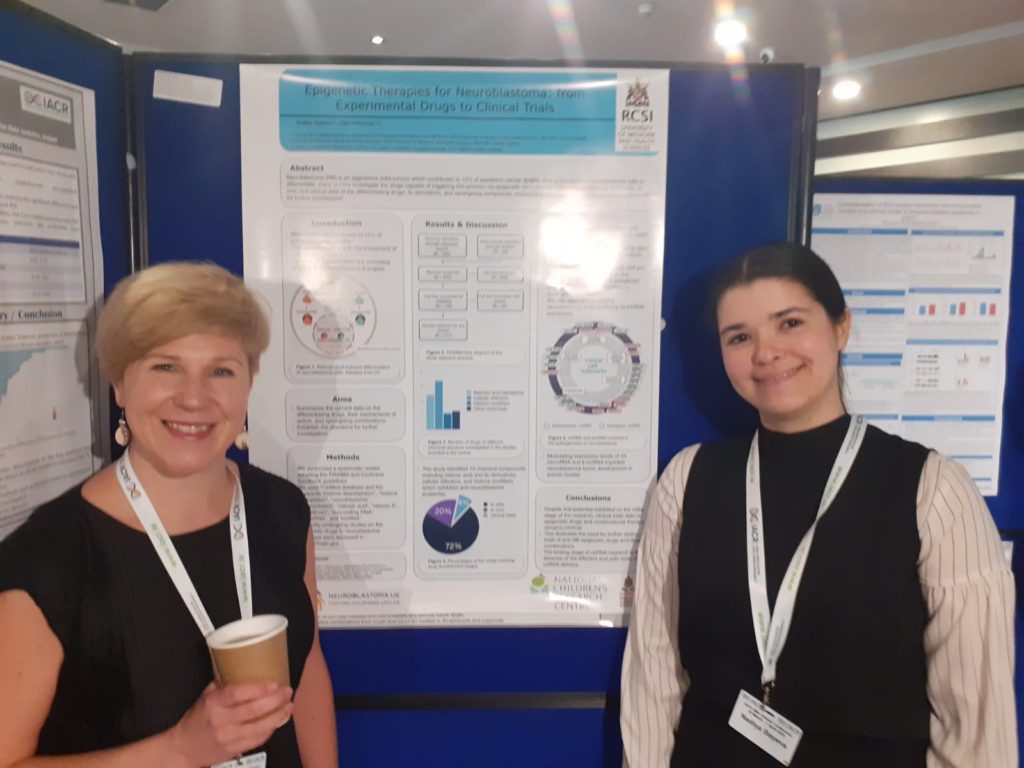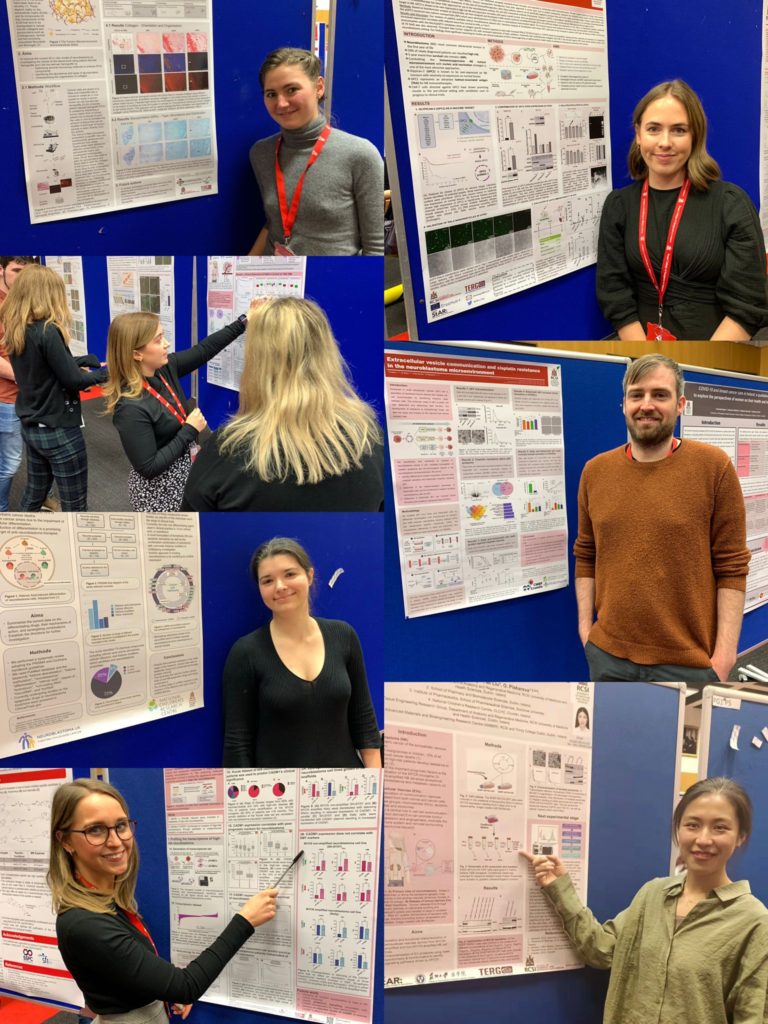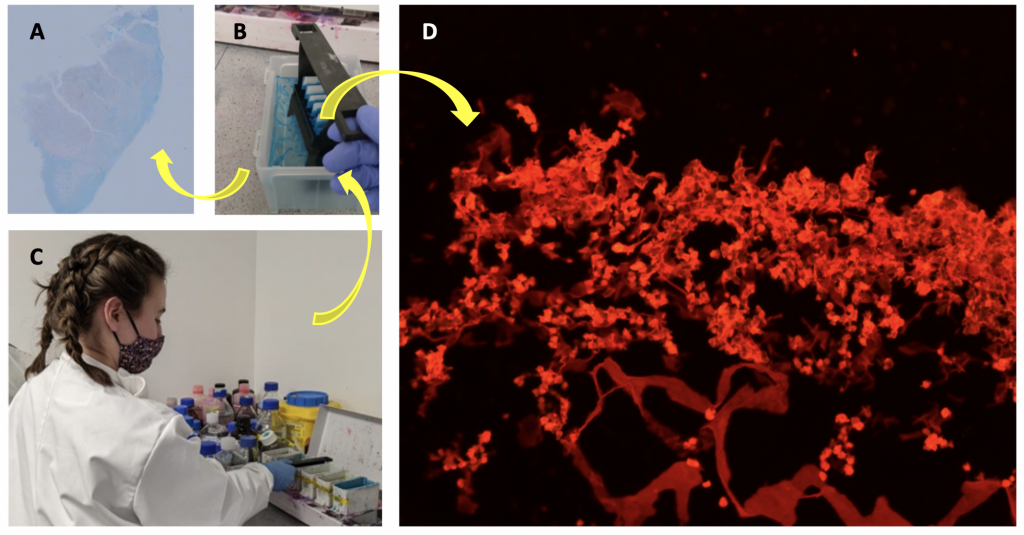In September, we set ourselves the “#GoForGoldCycle2022” challenge for Childhood Cancer Awareness.
We started #GoForGoldCycle2022 at 9 am and finished at 7 pm on September 21, 2022. Each bike peddled 200km, totalling 400 km on a day.
We were delighted to see the RCSI main building glowing Gold to celebrate Childhood Cancer Awareness Month and acknowledge that every child with cancer, their heartbroken but resilient parents, siblings and family members, their friends, and all doctors, nurses and carers who go far and beyond to offer the best available treatment and support, all scientists, patient advocates and charities who work hard to improve current treatment protocols, find new drugs and request changes in the way childhood cancer are dealt with.
We closed the GoFundMe in October and counted the charity buckets. We are delighted to announce we raised a grand total of €1500! We are over the moon with this sum.
Our three chosen charities: Children’s Health Foundation Crumlin (formerly CMRF), the Conor Foley Neuroblastoma Cancer Research Foundation, and Neuroblastoma UK, each received ~ €500.
We’d like to say a big thank you to everyone who donated and contributed their cycling skills. It will make a huge difference for these charities, especially this year, paving the way to better treatment options for children with cancer.


